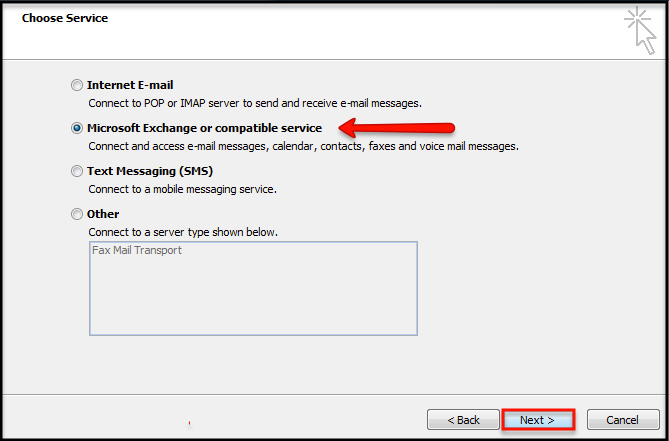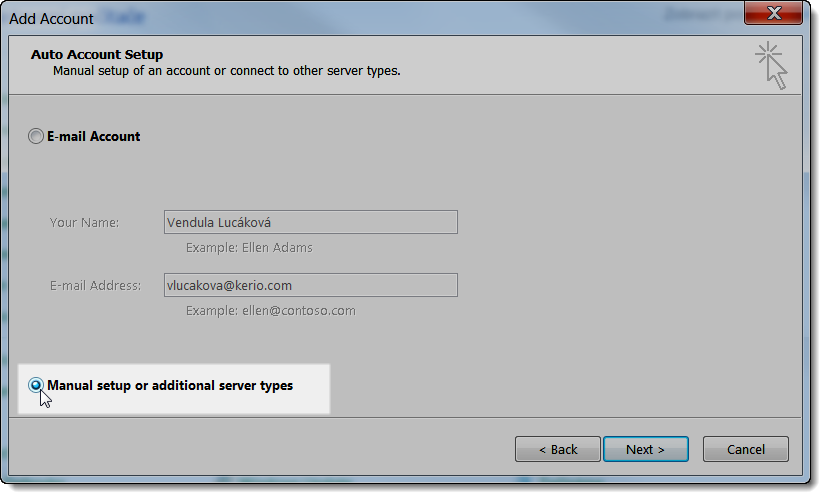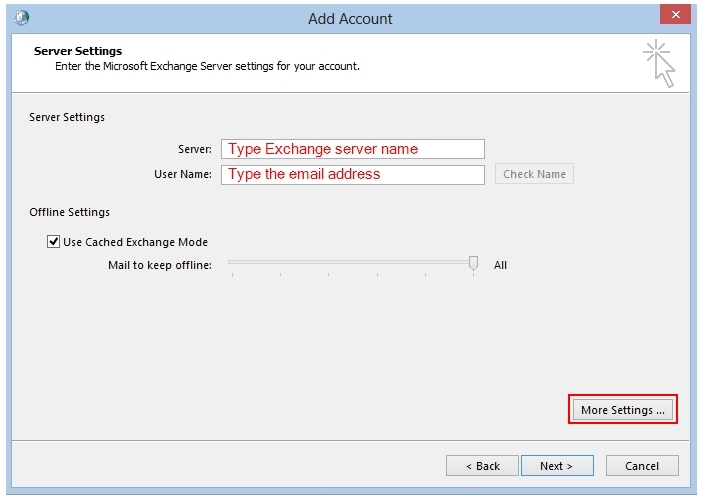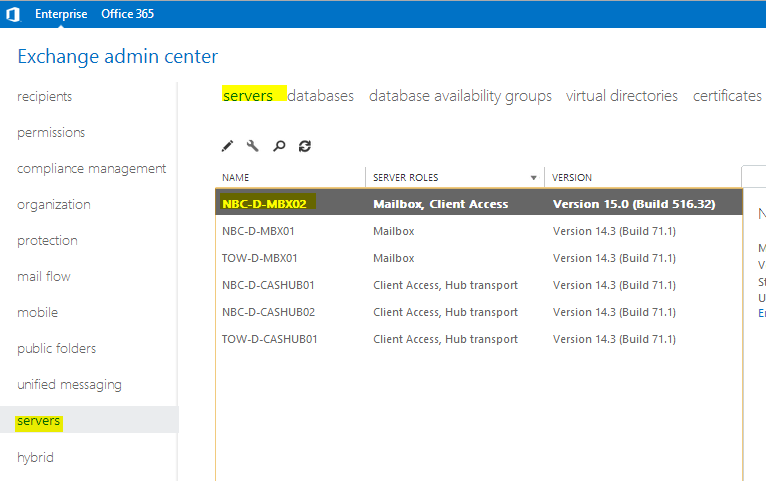
- MICROSOFT EXCHANGE SERVER SETTINGS OUTLOOK 2013 INSTALL
- MICROSOFT EXCHANGE SERVER SETTINGS OUTLOOK 2013 PASSWORD
- MICROSOFT EXCHANGE SERVER SETTINGS OUTLOOK 2013 WINDOWS
User will use the following commands and execute it by opening EMS from Start Menu: Second alternative to configure Outlook Anywhere is through Exchange Management Shell.
MICROSOFT EXCHANGE SERVER SETTINGS OUTLOOK 2013 WINDOWS
This mode is enabled by default in Exchange 2013 and is the combination of Windows integrated Authentication & Kerberos Authentication.
MICROSOFT EXCHANGE SERVER SETTINGS OUTLOOK 2013 PASSWORD
In this mode, Exchange will not prompt username and password instead current Windows user info is provided by browser through cryptographic exchange using hashing with web server. Selecting this option will make Outlook prompt for username & password whenever user tries to connect with Exchange. There are three types of Authentication Exchange supports for Outlook Anywhere feature:

Authentication mode can be set to NTLM or Basic Go to Outlook Anywhere and ensure that the correct external & internal host name has been specified.Disabling Outlook Anywhere will ensure only internal users to access Outlook. User can leave external hostname blank if they want no external clients to connect to Outlook Anywhere through internet.Go to EAC after entering logon credentials, click on Servers on left panel and double-click on Server name.The steps stated below needs to be followed: Exchange Admin Center Hence, it is necessary to have a valid certificate installed on CAS Server to make Outlook Anywhere work properly, if not it will report an error.Īfter verifying the pre-requisites for proper working, user can configure Outlook Anywhere in Exchange 2013 by using either Exchange Admin Center (EAC) or Exchange Management Shell (EMS). After setting up the DNS, security certificate for to CAS server needs to be installed. User need to add mail subdomain that points to CAS server.

MICROSOFT EXCHANGE SERVER SETTINGS OUTLOOK 2013 INSTALL
If not, click on Add Features to select it and install

We can verify this by using the steps below. Since Outlook Anywhere comes with Exchange 2013 by default, RPC over HTTP Proxy should also be present. Pre-Requisites for Enabling Outlook Anywhere The article will be describing detailed steps to configure Outlook Anywhere in Exchange 2013. However, this feature it needs to be set up correctly to utilize it effectively. In Exchange 2013, Outlook Anywhere feature is enabled by default since it is the primary means to connect Outlook for Exchange, which needed to be enabled manually in case of Exchange 20. It enables Outlook clients to connect to their Exchange Servers anywhere from outside the corporate network as long as there is internet connection using RPC over HTTP Networking component.

Among all the features supported by Microsoft Exchange Server, Outlook Anywhere is one that was previously known as RPC over HTTP, which came into existence around 2003.


 0 kommentar(er)
0 kommentar(er)
